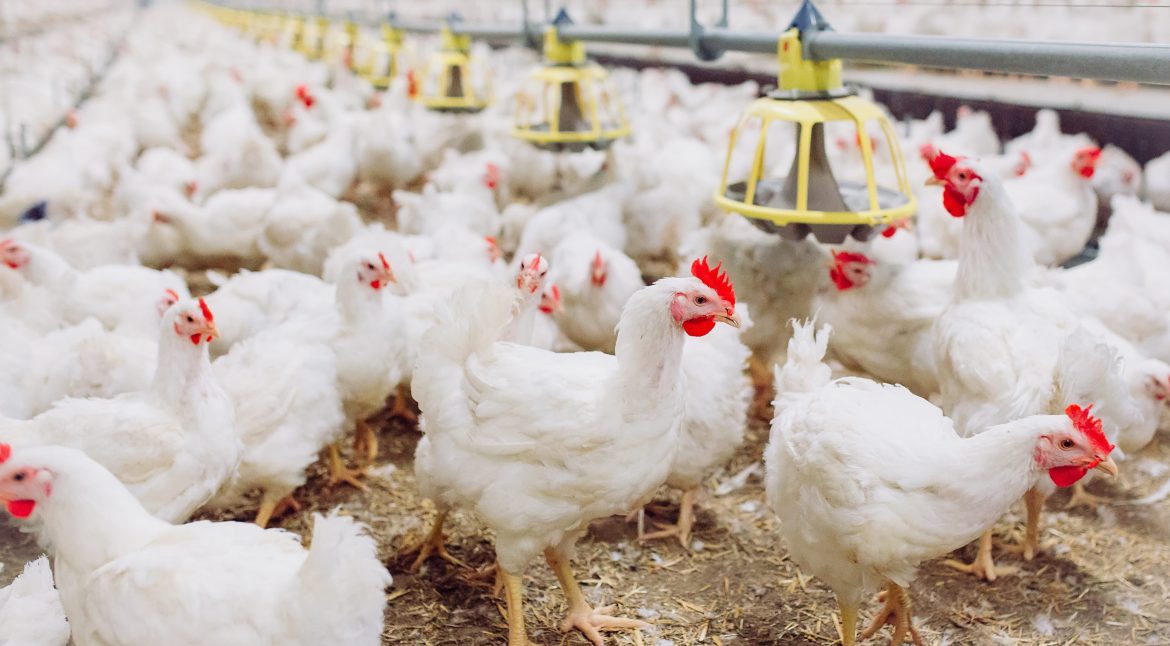Selection for accelerated growth rate and high breast yield in broiler chickens has been associated with carcass quality problems. By-products from olive oil mill processing are rich in bioactive substances, including polyphenols and triterpenes, with anti-inflammatory and antioxidant properties. The present study aims to evaluate the effects of a standardized olive pomace extract (Luctalife OE poultry, OE, Lucta S.A., Spain) on performance, carcass and meat quality in broiler chickens. A total of 840 1 d-old male Ross 308 chicks were housed in floor pens (60 birds/pen) until 41 d of age. Birds were randomly distributed in 2 treatments (6-8 pens / treatment): control (CON, without OE, n = 6) and OE (1250 ppm during the first 5 wks, n = 8). During the trial, animals were submitted to various stress factors (heat stress, high human interventions and less digestible diets). Body weight (BW), average daily gain (ADG), feed intake and feed conversion ratio (FCR) were recorded on weekly basis. At the end of the trial animals were slaughtered and 12 carcasses per treatment were used to determine carcass quality, wooden breast and white striping myopathies, evolution of lipid oxidation (TBARS) throughout display in film and fatty acids (FA) profile in the breast. Performance data were analyzed using a mixed-effects model (SAS software). Carcass and meat quality traits were analyzed using a General Lineal Model (SPSS 26.0), myopathies were assessed with Mann-Whitney tests. OE group presented a higher (P<0.05) accumulated ADG until 35 d of age compared to CON, resulting in higher BW at d28 (1735 vs 1609 g, OE and CON, respectively; P<0.05). Accumulated FCR was lower (P<0.01) in OE compared to CON during the first 21d of age. No differences were found in carcass weight, breast yield or myopathies, but OE showed lower lipid oxidation after 8 d of display (P<0.05) even with a higher polyunsaturated fatty acids (PUFA) composition (23.4% vs 25.7%, CON and OE, respectively; P<0.01), for both n-6 and n-3 PUFA. Under the current challenging trial conditions, the use of OE showed positive effects on performance and in final carcass quality traits.

Autores: Marta Blanch, Gemma Tedó, Leticia Mur, Raquel Berrocal, Fernando Bacha, Maria del Mar Campo
Libro/Revista: 26th World’s Poultry Congress Book of abstracts 2022
